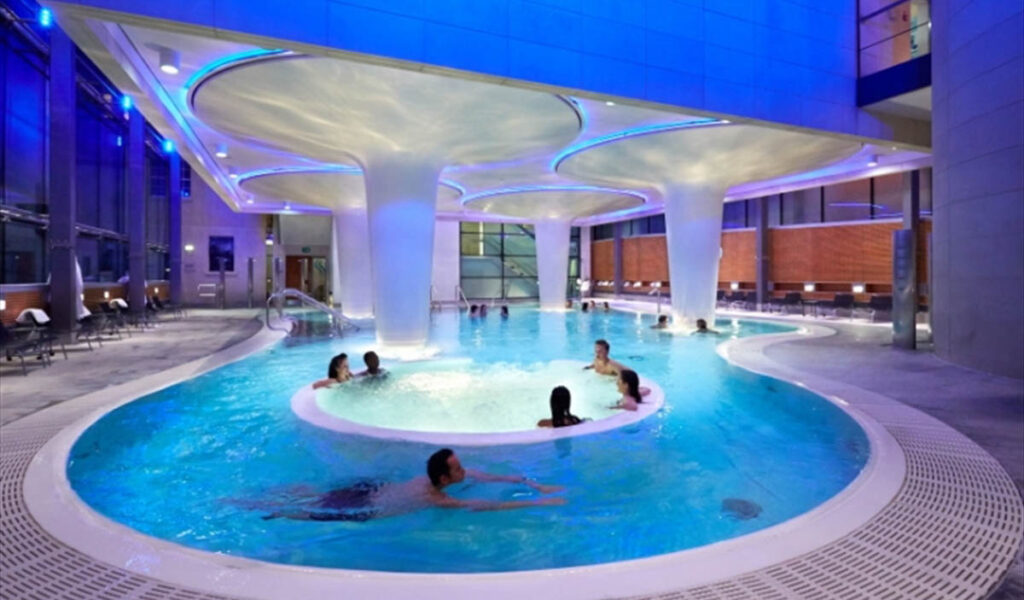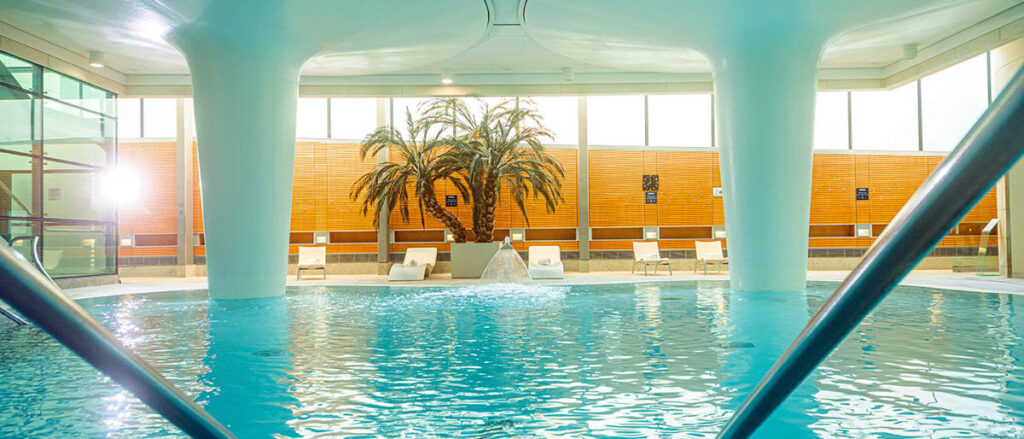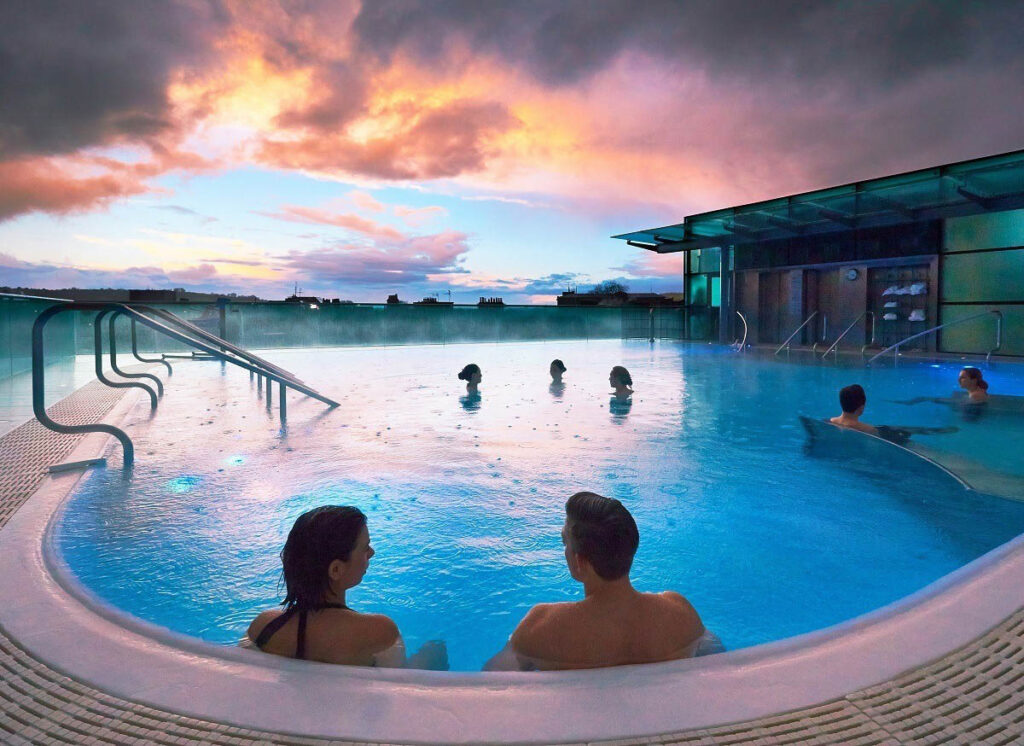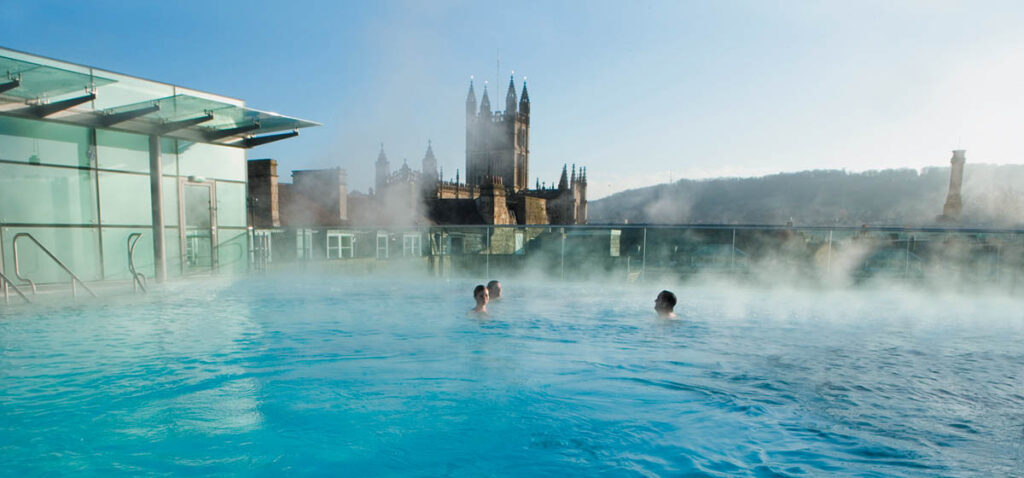Water has always been regarded as having tremendous healing powers and the potential to cure ailments and injuries. Hot springs, mineral water, salt baths and many more forms of in water therapy have been highly recommended to support health and well being for centuries.
For those of us who seek in water sports these benefits are something we highly regard. The ability to immerse yourself in water on scuba, a surf board, paddle board, boat or just for a swim is enormoumously beneficial for us psychologically and physiologically.
Free divers often speak about meditation when diving and reaching intense states of calmness to be able to achieve the depths and breath holds that they master though extreme relaxation.
Gyms and fitness spas are attended daily by people using steam rooms and saunas as well as plunge baths and Jacuzzis. The surge of popularity around ice baths has really spiked over the past year and so has people dipping daily in low temperature waters to reduce inflammation post injuries, to boost mood and to support better sleep.
I visited the Thermal Bath Spa to find out more about the techniques used to support wellbeing. This is a truly unique location with hundreds of visitors daily seeking wellness.
‘The water fell as rain around 10,000 years ago and then sank to a depth of about 2km below the earth’s surface. Here it is heated by high temperature rocks to an estimated 69 ºC (156˚ Fahrenheit) before rising back up through one of the three springs in the centre of the City, namely the Cross Spring, the Hetling Spring or the King’s Spring which supplies the Roman Baths. Once they reach the surface, the spring waters are on average 45 ºC (113 º Fahrenheit). The waters then cool down to the optimum bathing temperature of approximately 34 ºC (93 º Fahrenheit).
The Thermal Resource Project, an integral part of the original Bath Spa Project, carried out extensive drilling in and around Bath in an attempt to discover more about the actual source of Bath’s thermal waters. In the past, guidebooks have indicated that the source may have lain in the Mendip Hills, 30 miles or so to the south of Bath. Whilst the source still remains a mystery, the most recent findings suggest that the rainwater probably enters the ground through areas of carboniferous limestone to the North, West and South of Bath. The water contains over 42 minerals and trace elements. The most concentrated minerals contained within Bath’s Hot Springs are as follows:
Mineral Expressed as Concentration (Hetling Spring)
Sulphate mg/l 1015
Calcium mg/l 358
Chloride mg/l 340
Sodium mg/l 195
Bicarbonate mg/l 193
Magnesium mg/l 57
Silica mg/l 21
Iron mg/l 0.5
The temperature and flow of the springs has been monitored for many years by the local authority and this data is used for monitoring the potential impact on the springs of any development within or outside the City of Bath. The flow and temperature of the Hot Springs are known to be relatively constant.
Between 1983 and 1985, the drilling of boreholes beneath the King’s and Cross Springs (68 and 32 metres deep respectively) ensured the supply of clean water. Thermae Bath Spa draws water from the three springs – the King’s Spring (from under Stall Street), the Cross Bath (with some water rising directly to the surface of the Cross Bath in order to honour the desires of the Spring Foundation to let an unadulterated source of the water rise from Mother Earth into the atmosphere) and the Hetling Spring (a new bore hole sunk in 1998 and 2011).
The water is tested weekly and has been consistently biologically hygienic. There is now an online computerised monitoring system so that flow and temperature information is available at any time.
Bath and its waters have a long association with well-being and the word SPA is related to the Latin phrase ‘Salus Per Aquam’ or ‘health through water’.
From the 1970s until the restoration of the Spa was completed in 2006, this natural resource went down the drain and ended up in the river Avon. Today, the natural thermal waters feed all four baths at Thermae Bath Spa, the Cross Bath, the Hot Bath, the Minerva Bath and the open-air rooftop pool.’ Bath Spa
https://www.thermaebathspa.com/spa-sessions-new-royal-bath/
The Spa is a member of the Green Tourism Scheme which is the largest sustainable national grading programme in the World. It demonstrates a commitment to people, places and our planet.
https://www.green-tourism.com/pages/home
It was a pleasure to visit the team here and we can’t wait to go back!








